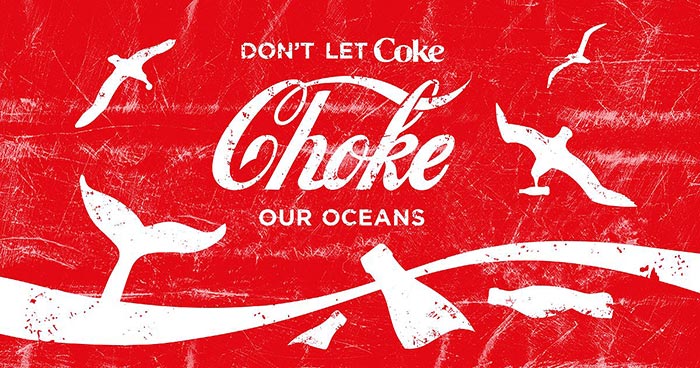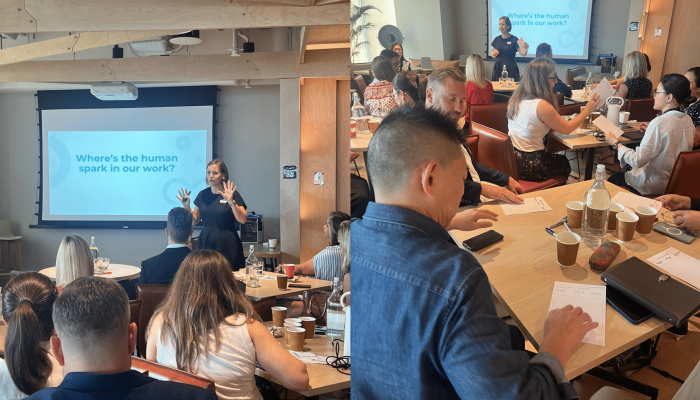Remember when Asahi beer had a picture of a rising sun on its can?
No? That’s okay, nobody does. During the second world war, the rising sun motif was the symbol of the Japanese Empire, and for some, came to embody some very negative associations.
The rising sun was also the image on the Asahi beer bottle. Hardly promising connotations for a Japanese brand with ambitions to expand abroad.
So they ditched the whole thing and started again, creating the black and silver brushstroke identity we know today. All because the rising sun triggered the wrong memories.
I think of brand building as a form of memory making. You can create associations in the mind of consumers, but you can’t always control them once they’re there.
In his paper ‘Posh Spice and Persil’, Jeremy Bullmore observed that ‘Products are made and owned by companies. Brands, on the other hand, are made and owned by people…
A brand image belongs not to a brand – but to those who have knowledge of the brand’.
Brands may own the symbols we create for them, but consumers ultimately own the meanings behind them. The moment you lodge your brand in the mind of your consumer is the moment you relinquish total control of it.
That’s why the ‘prime directive’ of marketers should be to build rather than dilute what Byron Sharp calls ‘distinctive memory structures’.
The stronger the memory, the harder it is to dislodge.

The struggle is real, people.
The collective conscience is public property, even if your brand identity isn’t.
Check out what happened to Coke here, a victim of ‘brand hacking’, in which Greenpeace have tried to subvert the brand’s memory structures into something else entirely.

Many brands have seen the memories they’ve spent billions creating be subverted overnight by unscrupulous individuals, when intellectual copyright laws have been too weak to protect them.
Design is about creating distinctive equities that over time come to symbolize what a brand stands for.
That white wave out of a flat red background symbolizes the idea of happiness; the green circle out of white symbolizes the idea of belonging (and sometimes coffee); that square bottle of amber nectar symbolizes the idea of personal endeavor.
The role of brand builders is to own those ideas in the collective conscience. Before someone else does.
By Katie Ewer, strategy director at JKR Singapore. Follow her @katieewer



